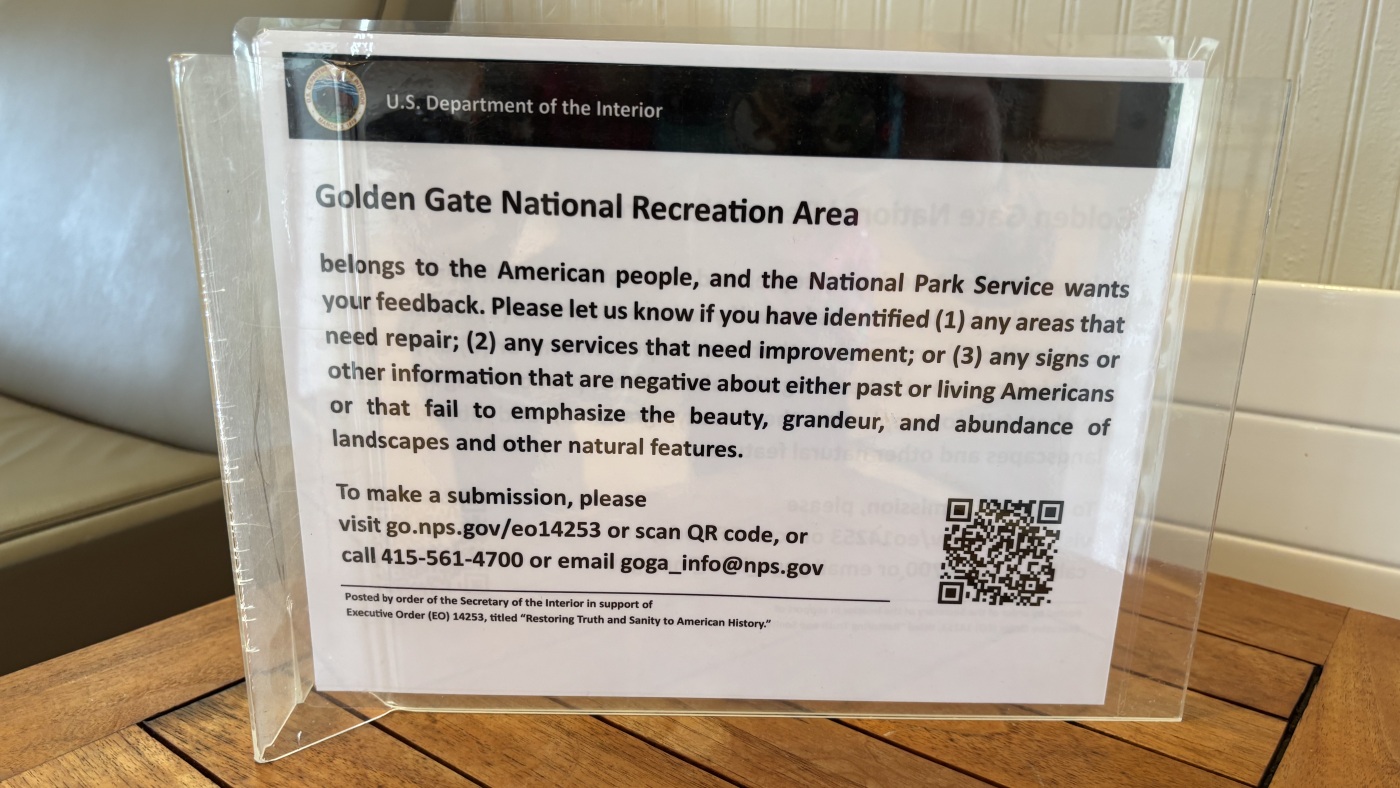The recent directive from the Department of the Interior, asking visitors to national parks to flag “negative” content about Americans, has sparked an unexpected and profound public response. The initiative, which emerged in the political context of 2024, was framed as an effort to promote “patriotic education” by removing or revising any displays, plaques, or exhibits that painted Americans in an unfavorable light. However, the outcome was far from what officials anticipated. Instead of reporting “negative” content, park visitors overwhelmingly defended the importance of telling the full, unvarnished story of America’s past—including its darkest chapters.
A Call for Honest Storytelling
The directive was intended to encourage visitors to report any content that “disparaged” Americans, whether past or present. Yet, the response from park-goers was not what the Department of the Interior had expected. Rather than flagging “negative” content, visitors filled suggestion boxes and social media with impassioned arguments in favor of preserving and learning from difficult historical truths. Many saw the directive as an attempt to whitewash history, stripping away the complexities and challenges that have shaped the nation.
At Natchez National Historical Park, for example, a visitor wrote, “Slavery was a dark time in our history, and we need to come to terms with that—not gloss it over.” This sentiment was echoed across the country, with visitors at western parks emphasizing the importance of acknowledging the Native peoples who lived on the land before the parks were established. The public’s reaction revealed a deep-seated belief that confronting uncomfortable truths is not only necessary but also a fundamental aspect of patriotism.
The Role of National Parks in Public Memory
The National Park Service has long been a steward of America’s history, balancing the celebration of natural wonders with the preservation of difficult historical narratives. Sites like Manzanar, Selma, and the African Burial Ground in New York City have become places where visitors can engage with the full spectrum of American history—both its triumphs and its failures. The public’s resistance to the directive reflects a broader trust in the NPS to tell these stories honestly.
Many visitors expressed concern that the initiative conflated honesty with disparagement, fearing that erasing “negative” content would lead to a sanitized version of history. This skepticism was rooted in a recognition that the parks serve as public spaces where all Americans can encounter and reflect on their shared past. The suggestion that certain narratives should be removed or revised was seen as a betrayal of this mission.
The Irony of the Directive
The directive’s request for visitors to report “negative” content inadvertently became an invitation for reflection on the responsibilities of public education. Rather than simply flagging problematic exhibits, many visitors used the opportunity to write essays on the importance of preserving difficult histories. Some even injected dark humor into their responses, such as a visitor at Muir Woods who jokingly suggested removing a sign about settler damage to redwoods because it made them feel bad about buying a picnic table.
However, the majority of responses carried a moral seriousness, with visitors arguing that avoiding “negative” content was itself un-American. They saw the directive as an attempt to silence uncomfortable truths, which they believed were essential to understanding the nation’s past and shaping its future. The public’s reaction demonstrated a commitment to truth and complexity, even in the face of political pressure to present a more sanitized version of history.
The Future of Historical Interpretation in National Parks
As the deadline for revising or removing “negative” content approaches, park staff and the Interior Department face a dilemma. The outpouring of visitor feedback reveals just how politicized public memory has become, and how resistant ordinary Americans are to top-down instructions on what to remember and what to forget. Behind the scenes, many rangers are carefully examining the interpretation at their parks, while also seeking support from colleagues as they navigate the uncertain future of their work as storytellers.
Some speculate that the directive may fade away as public pressure mounts, while others wonder whether such top-down efforts will spark a new commitment among the public to defend honest history in public spaces. Regardless of the outcome, this episode has revealed a public that still trusts parks to be places of encounter and reckoning, not just celebration and recreation.
A Public That Values Truth Over Comfort
The directive’s unintended consequence was a spontaneous wave of public commentary affirming the value of honest storytelling. Visitors were asked to flag “negative” content, but instead, they flagged a value: truth, complexity, and the humility that comes with knowing we still have much to learn from our own past. Signs can be taken down, but the conversations they started will be harder to erase. This episode has shown that the public is not only willing but eager to engage with the full story of America’s history—even when it is uncomfortable. The national parks, as places of shared memory and reflection, will continue to play a crucial role in preserving and presenting that story.

